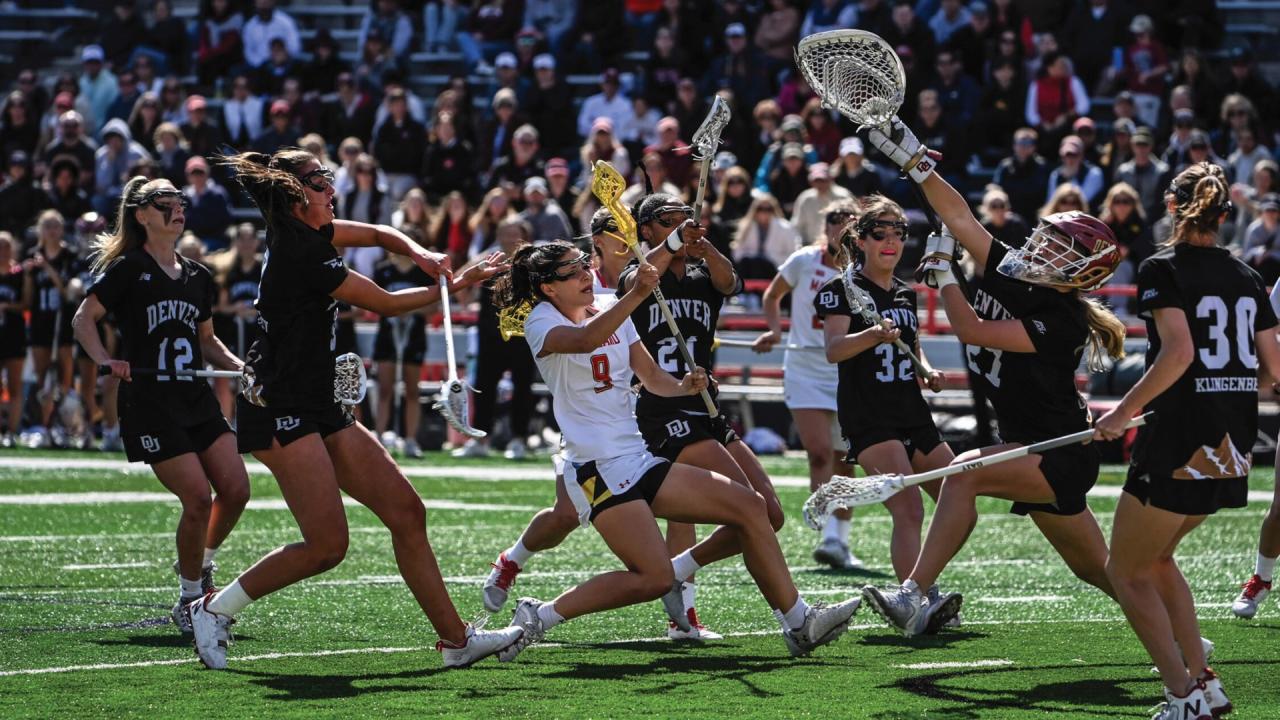
Inside the Art of the Zone Defense
The haters can hate (hate, hate, hate) all they want, but there’s no question that it’s hard to shake the sport’s best zones.
James Madison women’s lacrosse coach Shelley Klaes has heard the complaints about zone defense.
It lets teams skirt fundamentals, hides flaws and overprotects goalies.
Good teams don’t use it.
It’s not as good as 1v1 or fun to watch on TV.
Klaes response to all that is short and swift.
“We're trying to find a way to win a game, and for me, that's fun, yeah?” Klaes said. The “yeah?” is not a real question. For good measure, she added, “It's not about the observer.”
Wasn’t it fun to watch James Madison — then of the CAA — upend women’s lacrosse in 2018, beating blue bloods UNC and Boston College — then and still of the ACC — on its way to an NCAA title?
That’s not a real question, either.
The Dukes made confetti angels on the campus of Stony Brook University on Long Island. It was fitting for many reasons, and not just because of the large contingent of Long Island players on every final four team’s roster. Or that Klaes had coached at nearby Hofstra and saw local high school teams running zones.
No, it was also fitting because Stony Brook has implemented one of the sport’s most prolific zone defenses since Joe Spallina took the helm in 2012. The backer the Seawolves employ also traces its roots to Long Island high school lacrosse — Spallina used it in his first season at Rocky Point during a time when it wasn’t the staple it became when Klaes began taking notes.
“My first year, I couldn’t understand how every team let players stand behind the goal and just pass and feed,” Spallina said. “We wanted to come up with something that was a little funky, and a straight-up backer zone is something that comes from the men’s game.”
Late, legendary NYIT men’s lacrosse coach Jack Kaley popularized the backer. He took the 3-3 zone and added a floating defender tasked with sliding. Opposing offenses were confused, especially since zone defense wasn’t standard then.
“It was something where teams struggled to identify what it was, how it was, the principles,” Spallina said.

